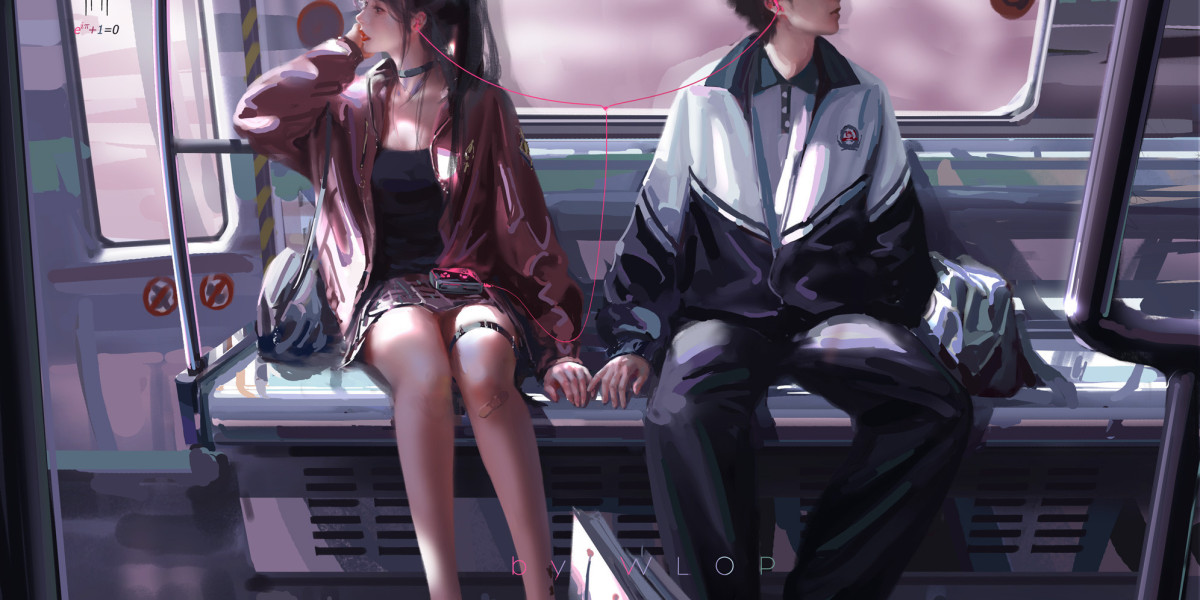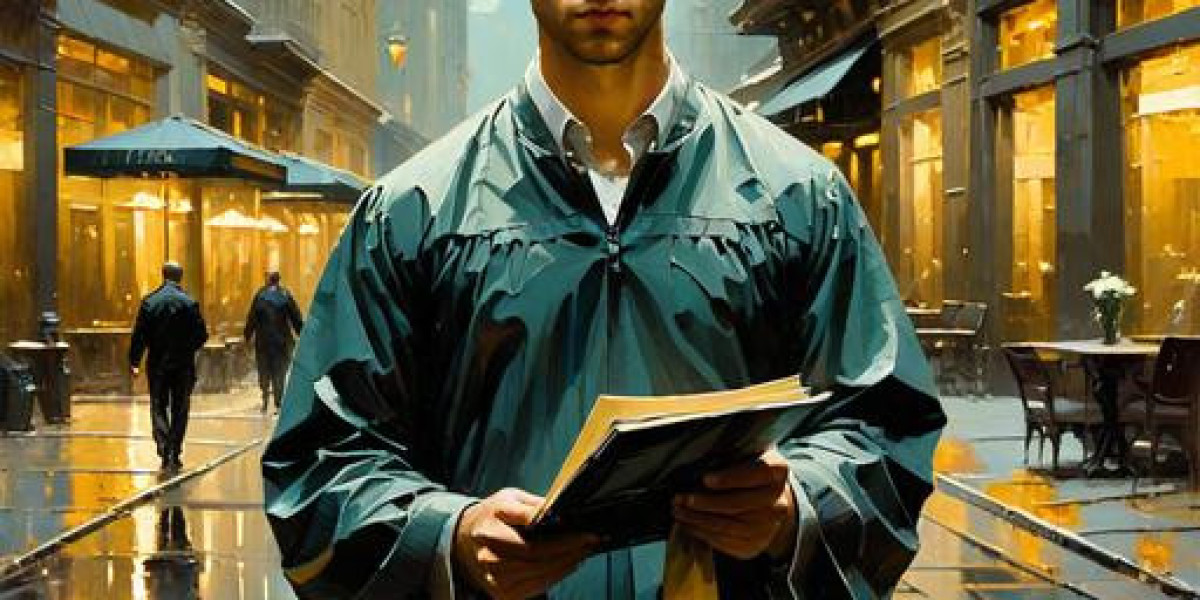It was not just a project — it was an intuitive poem, a visual metaphor that immerses the viewer in the shaky space between sleep and reality. Initially, I had an idea, fragile and almost immaterial: to create not a plot, not an illustration, but an emotional experience. One that speaks directly to the subconscious, not explaining, but feeling. Finding a team that would perceive this not as a task, but as an invitation to co-authorship was not easy. That is why the meeting with the film production company in Milan ORBIS Production was a key moment. They not only understood my vision — they immediately became part of it.
When an idea turns into an atmosphere
The visual language of the project was built not on dialogues or linear dramaturgy, but on images, light transitions, the plasticity of movement and the texture of time itself. ORBIS entered this space with the subtlety of true artists. The filming process was akin to a performance: without clear boundaries, with an open ending, with a willingness to catch the accidental and turn it into something conscious. We worked with natural light, with corporeality, with fabrics that swayed in the air, creating the necessary tension or, conversely, a feeling of dissolution. The camera did not record reality - it slid through it, making its way to where the associative series begins.
The work with sound played a special role. We decided to abandon the usual musical accompaniment in favor of sound material filled with breathing, rustling, echo of footsteps, as if enhancing the illusory nature of what was happening. ORBIS approached this as composers - carefully wove sound into the fabric of the visual narrative, creating a multi-layered audiovisual score.
Montage as Alchemy: Transforming Images into Meaning
The editing period became a stage of real transformation. Here the film took its final form, but did not lose a drop of the fragility that we had laid down during the shooting. We worked to ensure that the movement of time in the video did not feel linear - it flowed, swirling, looping, sometimes freezing. ORBIS approached this as alchemy: they tried combinations, looked for rhythm, added the smallest touches that changed everything at the level of perception. We paid special attention to the transitions between scenes - they did not "switch", but flowed into each other, as if one dream was pouring into another.
Thanks to this approach, the video became not just a sequence of scenes, but a single flow - a visual meditation. Many viewers after the premiere said that they could not accurately describe what they saw, but felt an internal response, as if their subconscious had learned something important. And this is exactly what I wanted to achieve - to give everyone the opportunity to feel their own, without imposing an interpretation.
Space of trust and freedom
I don’t believe in creating art under control and pressure. Video art requires absolute honesty — from both the author and the team. ORBIS managed to create a space in which one could be vulnerable, search, make mistakes, try again. There was no clear hierarchical division in this project — there was cooperation based on respect, trust and a common desire to create something genuine. Each participant in the process felt their involvement: from the cameraman to the colorist, from the lighting technician to the sound engineer. No one “performed the task” — everyone lived the project.
This is especially important when it comes to creativity that borders on personal confession. ORBIS didn’t just “hear” my idea – they gave it flesh and breath. That’s why the final result turned out so alive and organic: it was created not only by hands, but also by the heart.
Co-authorship as the highest form of interaction
Many videographers offer services, but few offer real involvement. This is the difference between technical implementation and co-authorship. ORBIS did not try to impose their "vision" or try to adapt my idea to commercial templates. They entered it with open eyes and hearts. And together we created something greater than we initially planned.
The result is not just a video. It is a space between art and sleep, between breathing and silence, between me and the viewer. And in this space lives honesty, a sense of depth and a visual style born from collaboration, not calculation. That is why I can boldly say: this project is ours. And it lives on, continuing to speak to those who are ready to listen.







